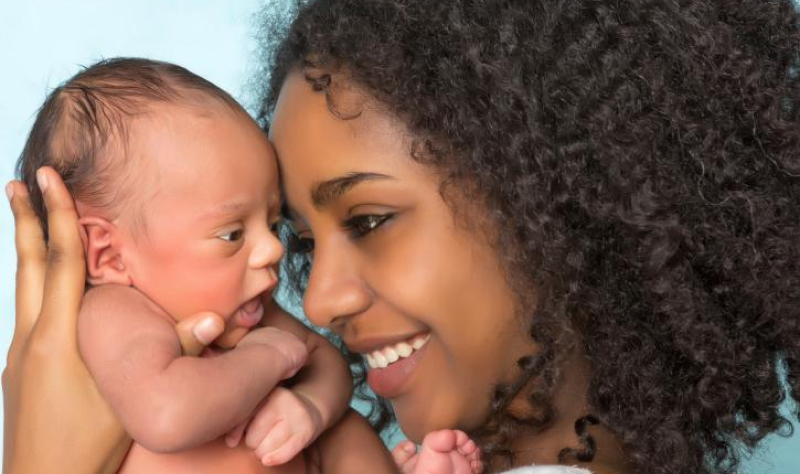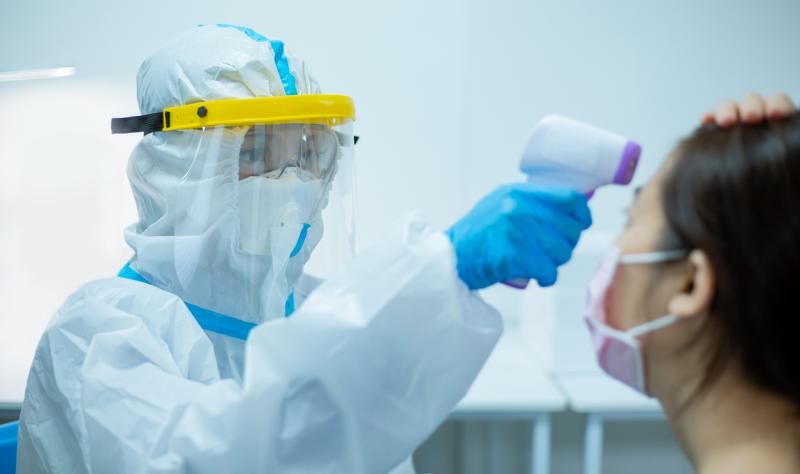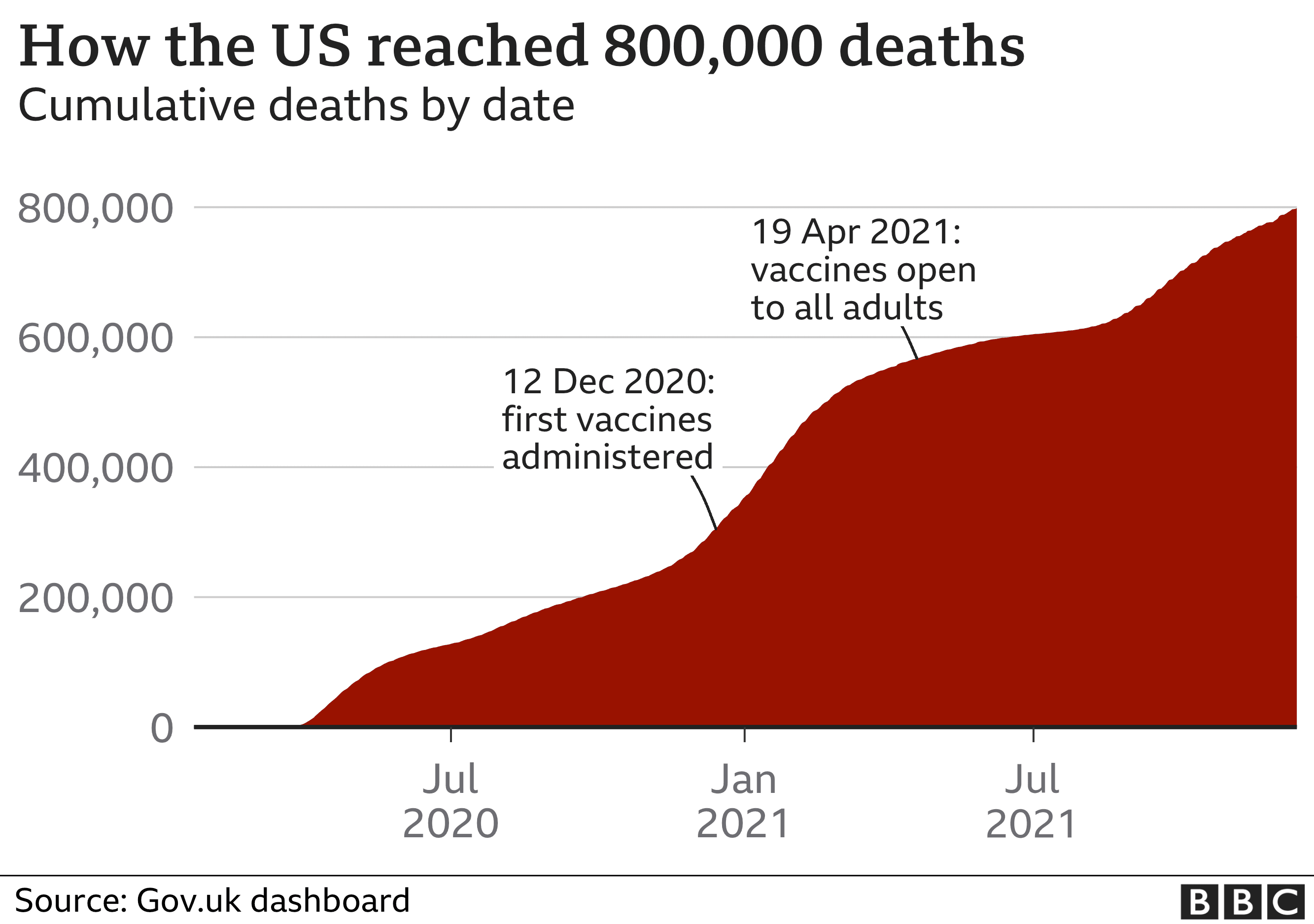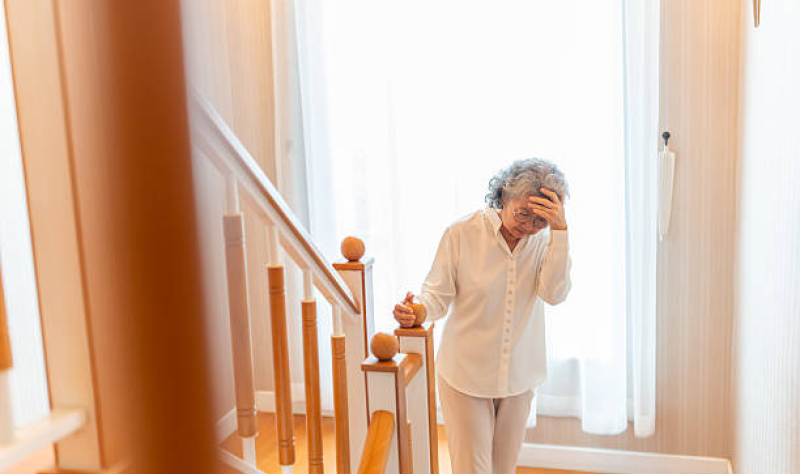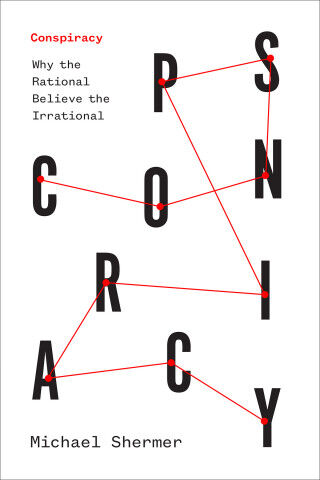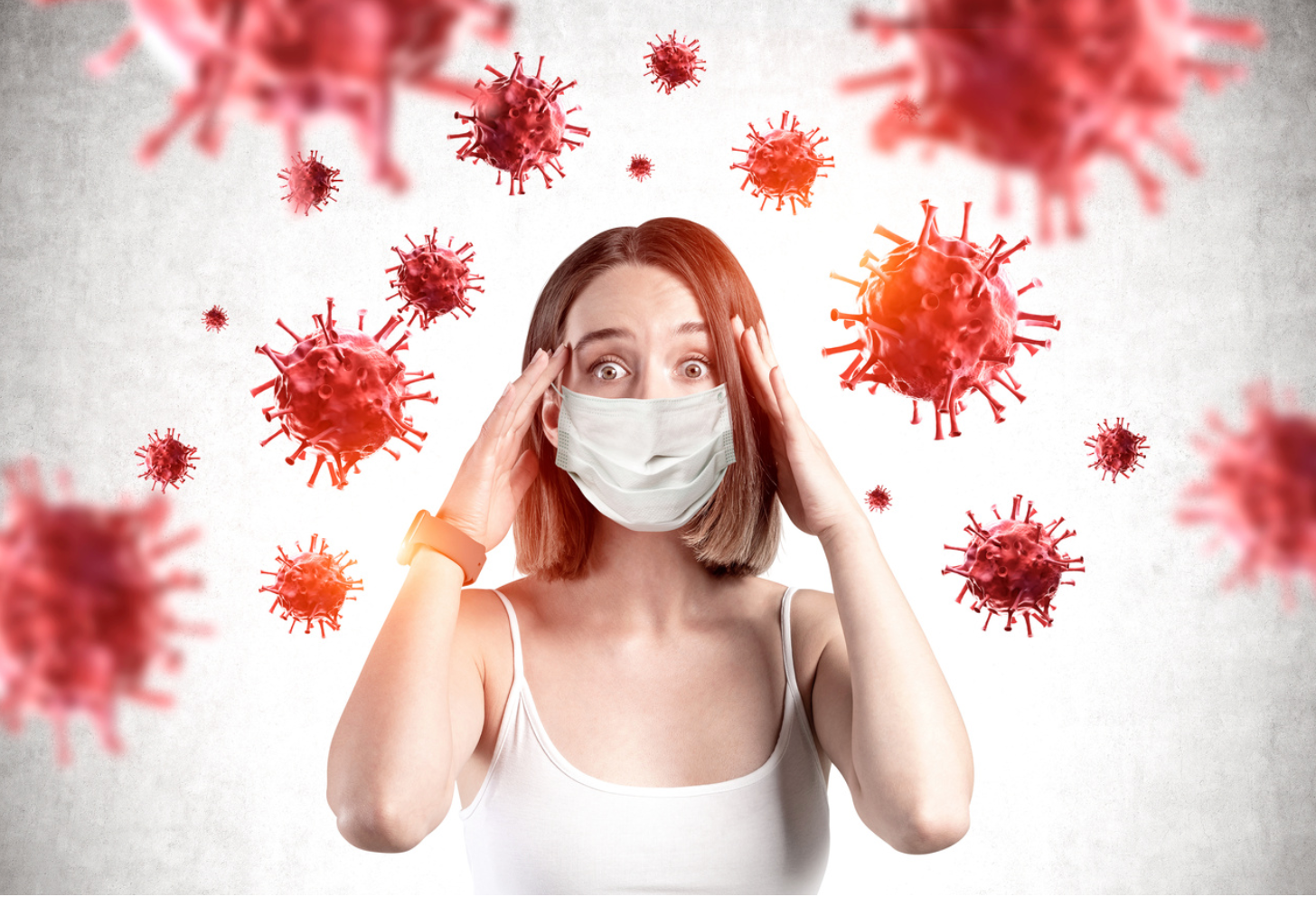Californians are not getting the latest COVID booster. Here is where uptake is the lowest

If you live in California, chances are the answer is no, according to data from the California Department of Public Health. As of Oct. 18th, just 9% of eligible residents statewide — about 2.6 million people — have had a bivalent booster, the first COVID shot aimed at the highly infectious omicron variants responsible for almost all new infections in the state.
Even in San Francisco, the county with the second-highest rate of uptake across the state besides Marin, less than 20% of eligible adults had gotten their bivalent booster as of October 18. In 30 counties, less than 10% of eligible populations had gotten the jab. Nationwide, booster uptake is lagging far behind that of the initial booster doses made available last year.
Desi Kotis, Chief Pharmacy Executive and Vice Dean at UCSF, said that San Francisco’s bivalent booster uptake is in line with expectations, given that the shot has only been available to most residents since early September.
Additionally, Kotis noted, people aren’t eligible for the bivalent booster if they had another booster within two months, and they’re advised not to get it until three months after testing positive for COVID. The city is continuing with many of its vaccine outreach programs, like door-to-door vaccinations for homebound residents and targeted outreach to Latino and Black communities.
Still, she said, the pandemic’s long-enduring nature has begun to wear on peoples’ willingness to quickly get new boosters, particularly outside of vaccine-friendly S.F. And in those places, it’s possible that outreach programs aren’t as robust as they were for earlier rounds of vaccination.
“I do think … people are fatigued a bit,” she said. “[People are] thinking, even if I get sick, it’s not that bad, it’s like a bad flu. I’m not gonna go get more vaccinations.”
While the overall numbers are lower now than initial vaccination and booster rates, differences in county booster uptake appear to reflect previous patterns in earlier vaccine series. Wealthy, liberal counties like Marin and San Francisco have higher booster rates than lower-income, more conservative counties like Kern, Kings and Fresno.

Cassandra Robertson, left, with Umoja Health, places a bandaid on the arm of Seana McGee, second from right, after administering a COVID-19 booster shot during a community health fair at Hayes Valley Playground on October 12, 2022, in San Francisco.
Yalonda M. James, Staff / The Chronicle
However, some trends have reversed. Imperial County, a rural agricultural county at the southeastern tip of the state, boasts the state’s highest rate of initial vaccination at 94% thanks in part to strong outreach efforts among its farmworker community. But it has the lowest rate of bivalent booster uptake in California; just 3% of the county’s eligible residents have received a bivalent shot.
The Bay Area has slipped a bit, too. While eight of the region’s nine counties make the top-10 in initial vaccination rates by county, for the bivalent booster, just six of those counties are in the top 10 (though Contra Costa is a close 11th).
On the other hand, Trinity, Yolo and San Luis Obispo counties have a larger share of their populations boosted than would be expected given their standing in the primary series. Red-leaning Trinity County in northwestern California is perhaps the biggest surprise — it has one of the lowest rates of initial vaccination of any county at 46%, but the ninth-highest bivalent booster rate at 13%. (It’s about the middle of the road for the share of the population vaccinated and boosted with any shot.)
While the booster was only recently introduced, public health experts said it is paramount that booster rates increase among the population ahead of a possible uptick in cases this winter.
Kotis, the UCSF doctor, noted that a winter COVID surge appears likely in the coming months, based on previous years and current wastewater data showing a rise in case rates in San Francisco.
“We’ve gotta really get the word out that it’s really time to get the vaccines,” she said — particularly for school-aged children, who are now eligible for the new boosters.
To find a bivalent booster appointment in the city, start by navigating to the San Francisco government’s informational website. Most sites are booking appointments 2-3 weeks ahead of the current date.
Susie Neilson (she/her) is a San Francisco Chronicle staff writer. Email: susie.neilson@sfchronicle.com

